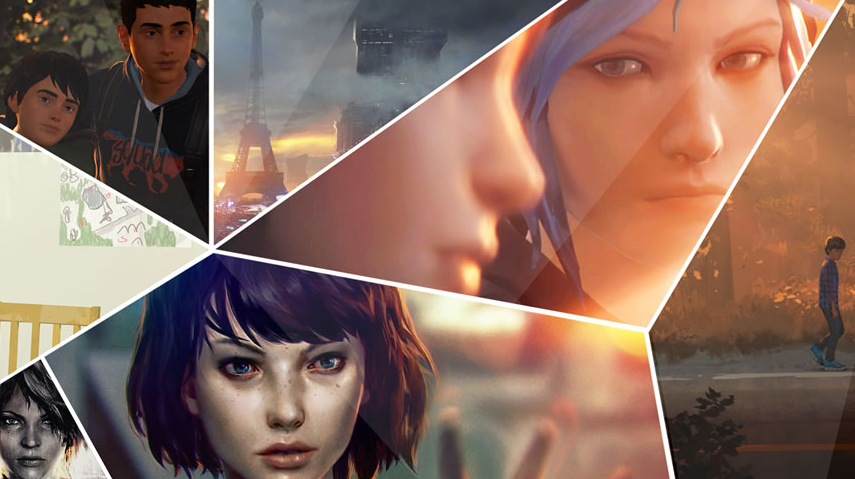“Life is Strange” is an episodic adventure video game developed by Dontnod Entertainment. The game has a unique storytelling approach with an interesting take on arcs that force you to play by its mechanics, which are quite different from many other games. The game is primarily driven by character arcs, revolving around Max Caulfield, a photography student who, at the beginning of the gameplay, discovers her ability to rewind time. This is the impetus for the arcs that follow in the rest of the game, as its narrative structure is centered on Max’s emotional development and her responses to situations she faces, making it very arc-driven.
While “Life is Strange” lacks traditional gameplay loops found in other genres, and as illustrated in some of our readings, it does incorporate a unique looping mechanic through Max’s short-term time-traveling ability. This mechanic allows players to revisit earlier moments and change their decisions, resulting in different outcomes. Although this loop is not a core piece of the gameplay, it does create branching narrative paths and highlights the game’s emphasis on choices and consequences. Though the introduction of this looping mechanism was initially interesting and novel, I found it quickly became tiresome for me as it was clear there was a right and a wrong choice at every point. The game preaches the importance of choices and consequences but you quickly learn that there is a right path and, if you get it wrong, you will be heavily encouraged to wind the time back and make the correct choice instead. In this way, the focus on the time-traveling felt slightly arbitrary to me.
The architecture of Max’s school plays an important role in shaping the opening portion of the game. Key interactions are punctuated with the entering and exiting of rooms in the school, making each one you enter feel like a new sub-plot you are embarking on. However, similar to the looping mechanic, the fact that you have no choice but to engage in the interactions if you choose to enter a room makes it feel slightly tiresome at times. Again, the illusion of choice persists.
The mystery in “Life is Strange” is woven into the narrative, with several connected plots revealing themselves as you play more. The game effectively combines character-driven storytelling with an underlying mystery that connects multiple pockets of characters met throughout the gameplay, increasing the player’s curiosity as to the conclusion. The mechanics support this journey of discovery throughout the gameplay. As contrived as it can sometimes feel, Max’s time-rewinding ability does enable you to explore different outcomes multiple times to try and piece together clues. The game’s episodic structure also allows for reflective moments between chapters which continues the theme of choices and consequences.
All of these combine to create a game that, in regard to the mystery and narrative, feels well-crafted and complex. However, I personally did find that some of the mechanics contributed to moments of stilted gameplay that very much reminded me that I was sitting in my room playing a game. I caught myself saying, “Yes, I get it – choices have consequences.” This pretty much summed up my experience of the game: a very skilfully constructed mystery and story, just not quite right for me – I’m too impatient.




